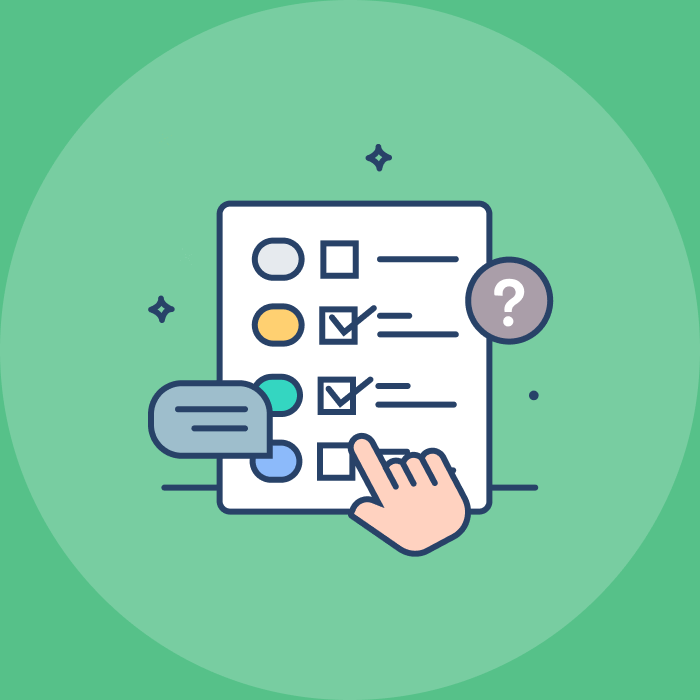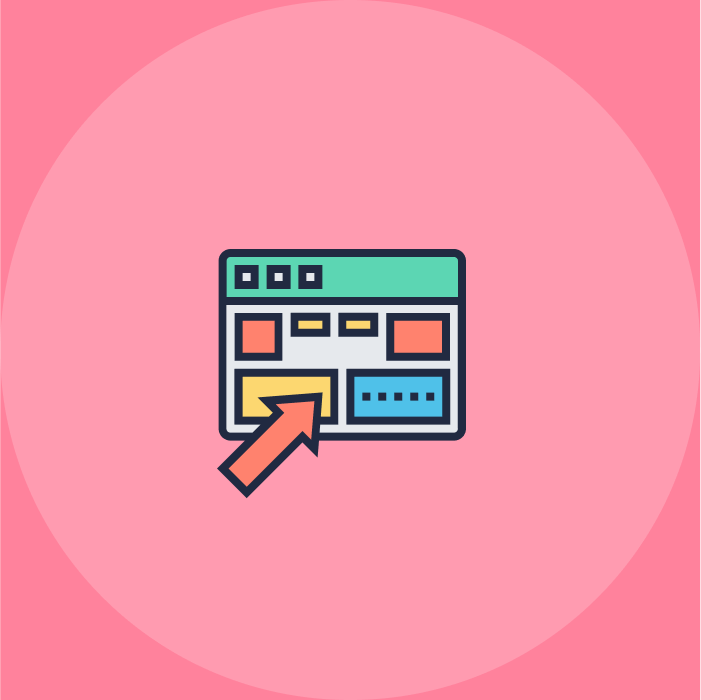User research is a secret weapon but there isn’t a golden practice for UX research. It entirely depends on how much the company considers UX research and what they want to learn.
There is a question.
What is the key ingredient that makes the app successful- the unique app features, breath-taking design, or user experience? The generic answer is three things altogether make the app shine through. The forward thinkers don’t think so and did it another way round by connecting the dots.
They keep a laser focus on what the users need and cater to the users’ needs by stepping into the user’s shoes right from the app idea conceptualization to designing to the full-fledged solution development.
They don’t play guessing game to live up to the user’s needs, expectations, and preferences. Instead, they follow a systematic approach to create the user-centric apps where dedicated methods, tools, and techniques are leveraged to find out the user’s unmet and unexpressed needs and then rich insights and context are added into the process of user experience designing.
Recommended: 21 Steps for creating a minimalist UI design for your mobile app
That’s exactly known as user experience research, which stands at the core of the Mobile App Development. The businesses are increasingly realizing the value that UX research adds to the business and the quality improvement it brings to the app.
This is why, UX researcher is seen as a specialist role in the Mobile App UI Design Company who works with designers, developers, product managers and engineers to helps them craft an app that delivers an experience which resonates with the target user base.
Let’s take a quick glance at how UX researcher works:
Basically, UX design research revolve around UX design research where the UX researchers understand what the project is aimed for, gather the in-depth insights about target audience by conducting ethnographic studies, participatory design, focus group, interviews, or concept testing depending on the designing phase, and then build up a context with logical design decisions to ensure the design benefit and delight the users.
In a nutshell, the umbrella term- UX research encompasses everything from creating features that deliver the value which users are looking for, to the relevant designing that allows users to access and use the features without getting lost in the app flow.
Moreover, the UX research not just helps in engineering the app that keeps up with the users, while helping in fixing the things that are not working post-development. For instance, it gives in-depth information about which features are interfering with the user experience, why churn rates are increasing, why the users are not coming after trying the app, and pretty more.
Its crystal clear UX research is a secret weapon that helps in designing the app with empathy, which means the UX researchers aids development team to jump out of the mental models or design assumptions to create the app which solves the user’s real problem and please the users when they use it. Thereby the end-product gets optimized for the users.
Now, the role of UX researcher is clear, but the series of questions hammer the appender's mind: what’s the right time to conduct user research? How long the UX research phase should be? How UX research can be started?
No time is bad to conduct UX research because there is no golden rule for UX research. It completely depends on how much company value the UX research and what’s the stakeholders’ budget. No matter in which development phase the app is, UX research can be started by employing UX researcher and using any of the UX qualitative methods and quantitative methods.
Basically, UX researchers complete UX research using three methods where every method leverages certain techniques to get research implemented in the project.
Let’s dig deeper:
1. Observation
Before jumping on the data-gathering train, it’s important for the UX researchers to learn about the problem space and the users as the generative research give a bigger picture of the user’s concerns and the experience they will get. Knowing how the users will behave or respond in a particular scenario such as for the feature, flow, design, or assumption further helps in catching the unspoken signals or observing the behavioral clues.
Going ahead, with evaluative research, the design decisions can be validated and tested to measure the impact on the real app users. Combining both types of research give a broader context about the users and the pain points that help in designing a better solution.
Here are the following research tactics that can help:
- Field studies where the researcher heads into the user environment and take the notes while observing many things.
- Conduct guerrilla testing where observations, remote usability testing, and review of paper sketches are the part of it.
- In-lab testing involves observing the user’s actions, behaviors, and feelings in a controlled environment when they are subjected to a particular task.
2. Understanding
At the observational stage, the UX researcher found a mountain of data where the facts and figures based on their investigation are at the disposal. The statistics are of no value unless the actionable insights are carried out of the numbers. The hard numbers obtained from quantitative research will make sense when they are actually taken into consideration while designing the product because the numbers are the set of target user’s habits, behaviors, and expectations.
Still, it’s necessary to understand why the users behave, feel, and act this way, and comprehend the current system like a market researcher. The following techniques can help:
- In face-to-face interviews, the users are asked certain questions or there can be a free-flow conversation to gather data directly from the individuals.
- The online surveys or questionnaires in a structured format are sent to a large number of users to collect a high volume of responses of great variety.
- Card sorting makes it easy to understand information architecture and enable naming the conventions better as the users are asked to categorize the terms from the set of provided terms or come up with their own.
- A/B testing works great in comparing two design pattern and test buttons, CTA, fonts, color, graphics, and banners that uplift conversion.
3. Analysis
Finally, the UX researcher shifts the focus from gathering insights to analyze the insights for identifying the pattern and trends, which in turn, aids in driving logical design decisions to apply to the app. The numerous tools that help in creating the blueprint of the target personas:
- With mobile analytics, it becomes easier to identify the user’s micro-interaction and then iterating the app accordingly.
- Visual mapping of data trough heat mapping helps in tracking the user journey like how user clicks or scroll through the app.
- First-click testing showcase what button or icon the user clicks at first to complete the intended task. It’s highly usable in prototype or wireframe testing.
- The detailed reports, visual presentations, and well-designed posters are leveraged to showcase the key findings to the development team so that their efforts stay in rhythm with what the target users are looking for.
Conclusion:
You are not your users is the old UX maxim that drives success to the app in terms of user adoption. UX research is a magic bullet that helps in understanding users better so that the app doesn’t lose the users to the competitors. Arm up your development team with necessary UX research to listen, test, and apply the changes for staying user-centric and standing ahead of the competition.
Subscribe to weekly updates
You’ll also receive some of our best posts today






